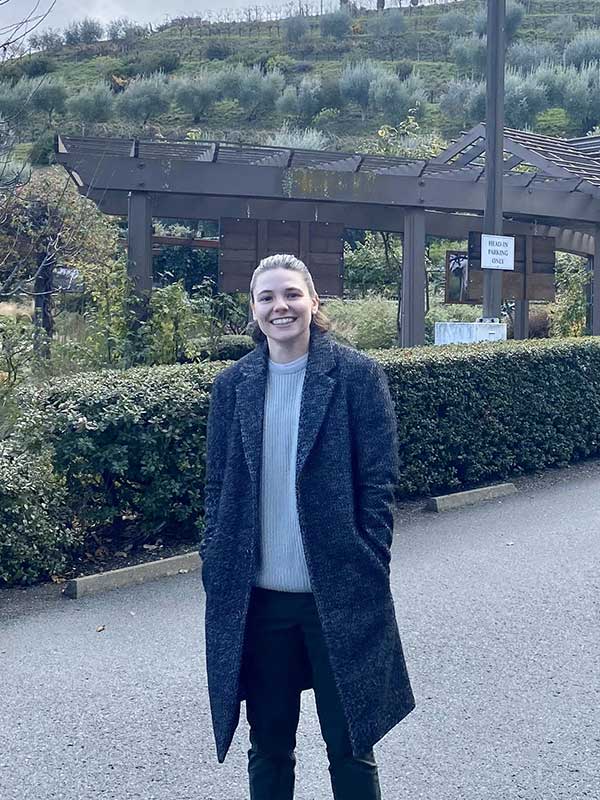
Ph.D., Electrical and Computer Engineering
My path to a doctorate in electrical engineering was not a direct one. I struggled finding my way out of high school. I chose a school out-of-state and missed Nebraska sorely. I ended up taking a year to work (dropping out) before coming to the University of Nebraska–Lincoln. That year of work led me to electrical engineering and I never looked back.In undergrad, I was sure I wanted to do power consulting and graduate as quickly as humanly possible. Give me transformers! After living that life as an intern with a consulting firm in Kansas City, it became clear to me that while consulting did pay well, it was not as intellectually stimulating as I wanted. I felt, perhaps for the first time in my life, the need to be challenged by my work. That can really only lead to one path: graduate school.
In the immortal words of Prof. Mathias Schubert: “There is no point to life if you are not doing research!” He actually said that one day, to a class full of unsuspecting juniors learning about transistors– myself included. I was going through what I affectionately refer to as my quarter-life crisis, debating whether I could or should do graduate school and how to even start the process. His timing would turn out to be fateful. I was looking for someone fiercely passionate about what they did and I found that in spades with Prof. Schubert. Three months later, I was doing undergraduate research with his lab group. In another year, I would join as a graduate student.
In my time with the Schubert group here at the University of Nebraska–Lincoln, I had the opportunity to join a long lineage of excellence in the field of ellipsometry. My research here focused on long-wavelength investigations of wide bandgap semiconducting oxides. In simpler terms: I used light to tell me fundamental physical properties about materials which were previously unknown in the hopes that the material could be leveraged for applications. Additionally, I got handed the keys to a superconducting magnet, something very few labs can say they have! The magnet is specially designed for magneto-optical studies and is capable of reaching fields of 8 Tesla (many MRI operate at 1.5 T, for reference). We reach these fields to see free-charge carrier responses at low frequency lightwaves. By doing this, we can further characterize dopants, defects, and other key properties.
I had many unique opportunities with this lab group and at Nebraska. I traveled extensively (internationally and domestically), published five first-authorships and countless additional works, earned a teaching certificate with the Graduate Student Teaching Fellows, mentored several undergraduates, presented my work at conferences, collaborated with leading researchers from all over the world, etc. Most importantly, I learned. I learned more in the first two months of my research career than I felt I’d learned in the twenty-some years before.
Graduate school is hard. It should be. You are earning a world of possibilities. This doctorate degree opened more doors to me than I thought I could ever enter. Research and development, academia, government, tech– these are all fields where I had opportunities. I’ll be starting as an assistant professor in the fall, a dream I never knew I had. I have my mentors, peers, advisors, and friends to thank for it– none of which I would have met anywhere but the University of Nebraska–Lincoln. I’m thankful for the home I found in the electrical engineering department for many happy years. I’d do it again in an instant.